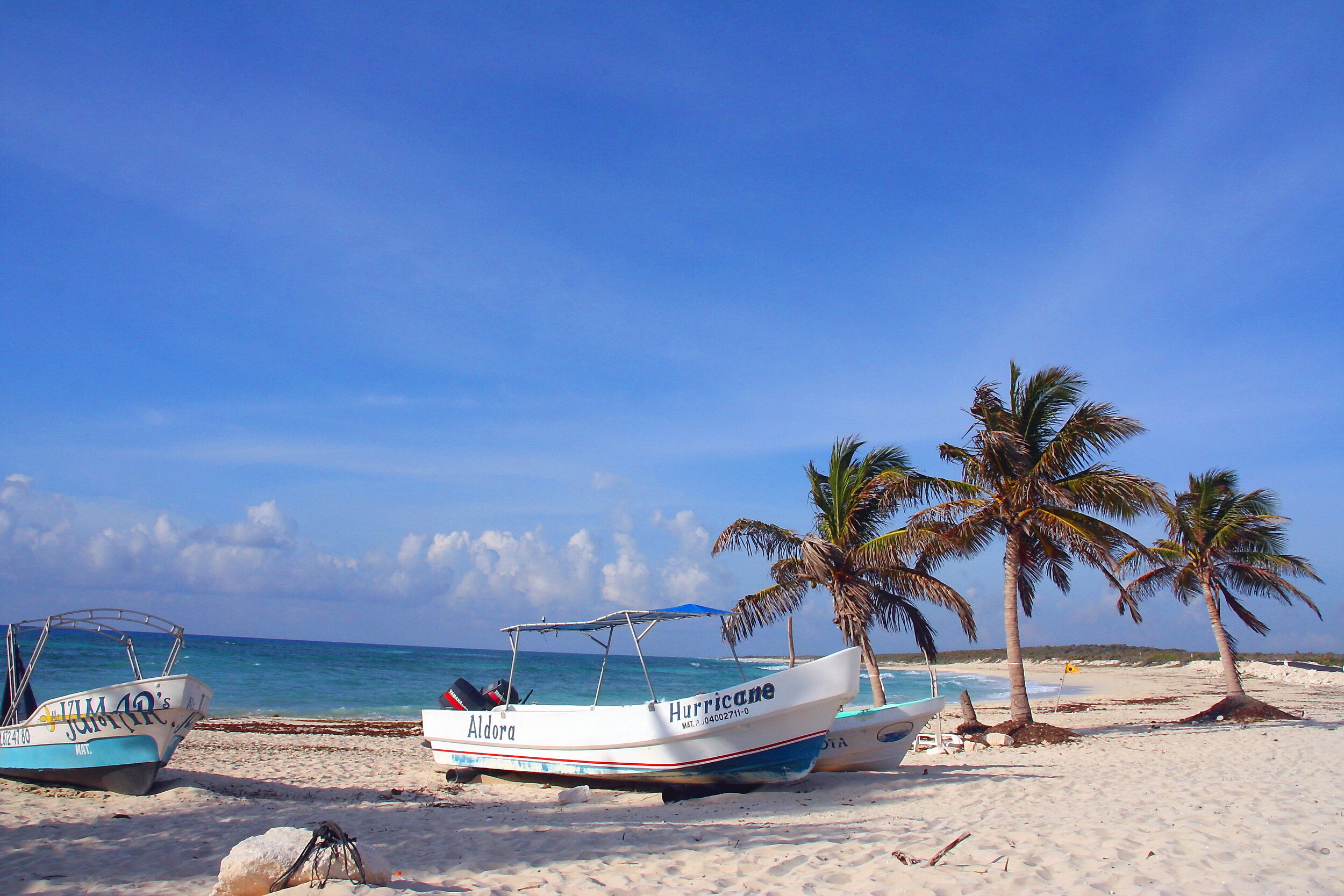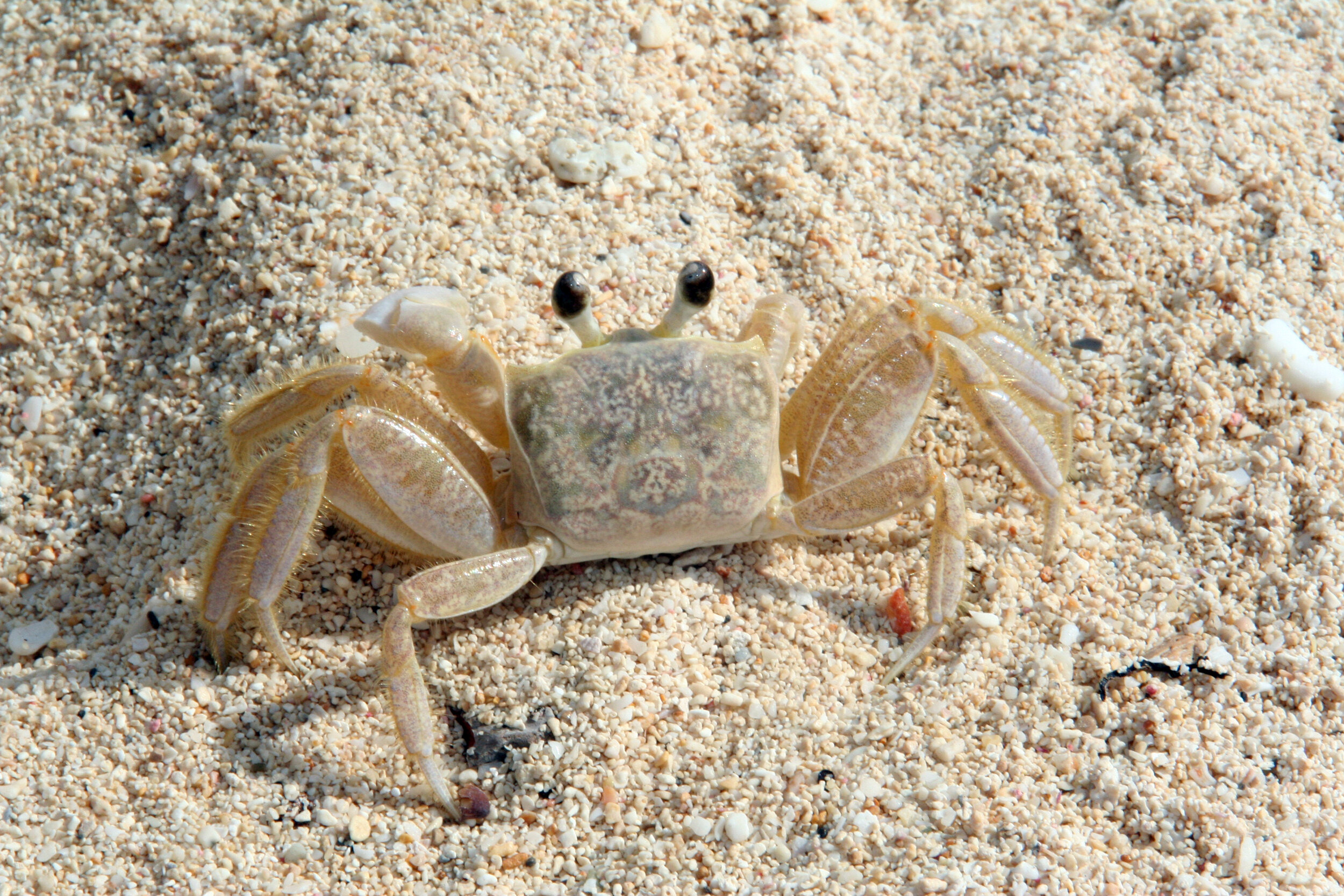







Coral Bleaching and acidifcation based on a pie chartof the percentage breakdown of the planet’s coral reef systems that are healthy, threatened, and have already been destroyed.
Seawater absorbs excess CO2 from the atmosphere, causing the oceans to become more acidic. As a result, the ocean’s acidity has increased by 25 percent over the past 200 years. These acidic conditions dissolve coral skeletons, which make up the srtructure of the reef, and make it more difficult for corals to grow. If left unchecked, scientists estimate that the oceans could become 150 percent more acidic by the end of this century, making it very hard for corals to grow at all. @pangeaseed @seawalls










Coral Bleaching and acidifcation based on a pie chartof the percentage breakdown of the planet’s coral reef systems that are healthy, threatened, and have already been destroyed.
Seawater absorbs excess CO2 from the atmosphere, causing the oceans to become more acidic. As a result, the ocean’s acidity has increased by 25 percent over the past 200 years. These acidic conditions dissolve coral skeletons, which make up the srtructure of the reef, and make it more difficult for corals to grow. If left unchecked, scientists estimate that the oceans could become 150 percent more acidic by the end of this century, making it very hard for corals to grow at all. @pangeaseed @seawalls
